Navy commander: Five operational, training flotillas deployed to intl. waters
The commander of Iran’s Navy has announced simultaneous deployment of five operational and training flotillas to international waters, underscoring the country's expanding overseas naval presence.
Rear Admiral Shahram Irani revealed that the Iranian naval units were currently stationed in the Strait of Malacca -- which connects the Andaman Sea in the Indian Ocean to the South China Sea in the Pacific Ocean, and near the Gulf of Aden -- off the Yemeni coastline.
The official also affirmed that the Navy maintained a significant presence across elsewhere in the Indian Ocean too with its indigenous military vessels.
Elsewhere in his remarks, the commander addressed the Army’s joint Zolfaghar 1403 drills, which are underway across the strategic Makran coastline in southern Iran, the Sea of Oman, and the northern side of the Indian Ocean.
The extensive maneuvers, whose main phase was launched on Saturday, features showcasing of part of the combat capabilities of the Army’s Ground Forces, Air Force, Navy, and Air Defense Force as well as the country’s Khatam al-Anbiya Central Headquarters.
Irani stated that on the first day of the drills, the Islamic Republic had successfully met its coastal defense objectives, emphasizing that the country’s strategic naval forces had demonstrated their capability to provide an impenetrable defense along the coast.
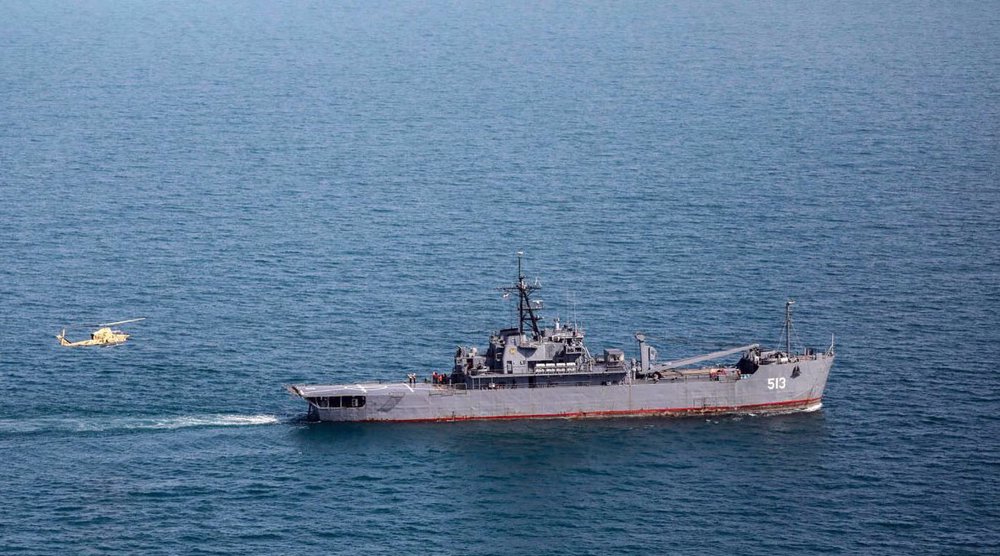
“My fellow servicemen in the Navy have proven that we have reached a level of strength where we can act as a solid fortress along the shores, preventing any potential aggression at sea,” he said.
“Our deterrence and power must continuously evolve to match modern threats,” the commander said, noting, “The enemy would definitely reconsider its calculations.”
He also highlighted that throughout the maneuvers, Iran was using its domestic defense industry capabilities and advanced technologies that had been developed by the country’s knowledge-based companies.
Commenting on the pending exercises on Friday, Rear Admiral Habibollah Sayyari, deputy chief of the Army for Coordination, and the drills’ commander, revealed that the event would feature advanced military tactics and a host of new weaponry developed by the Armed Forces.
A key aspect of this year’s drills is testing Iran’s latest developments in smart and precision-guided munitions, he announced. According to Sayyari, the exercises would include trialing of new weapons, such as intelligent, accurate, and surgical strike missiles, as well as unmanned aerial vehicles (UAVs).
Advancements in naval power
Irani, meanwhile, stressed that the country maintained its dominance across various naval domains, including undersea, surface, and aerial units, with a focus on unmanned technology.
“In confronting drone threats, aerial threats, and unmanned naval systems, we have significantly upgraded our capabilities,” he asserted.
The official noted that key domestic naval assets such as the Dena and Jamaran destroyers, the Zereh (Shield) missile-launching vessel, and the Fateh (Conqueror) submarine represented Iran’s latest advancements in naval defense.
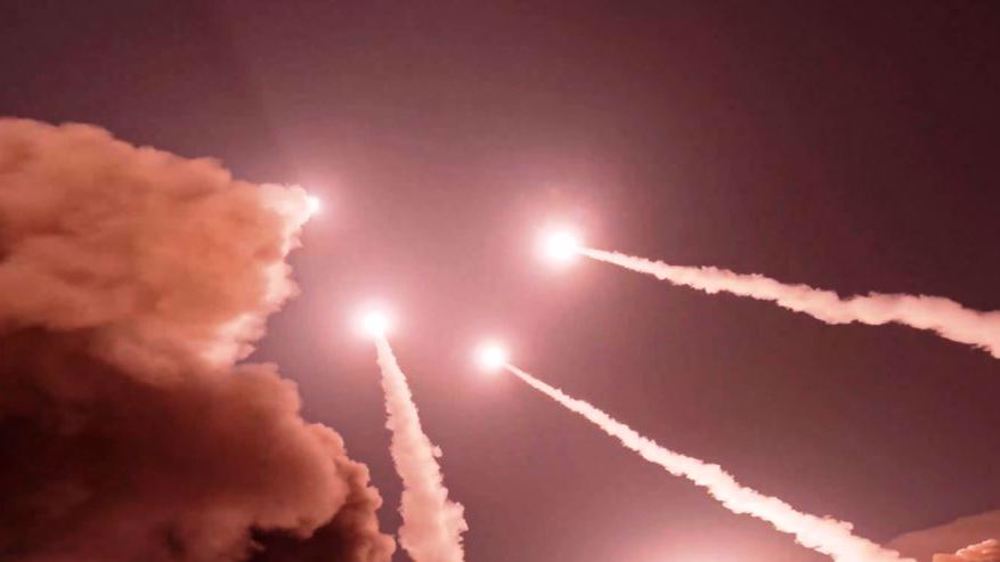
Iran: Operation True Promise III against Israel will be staged
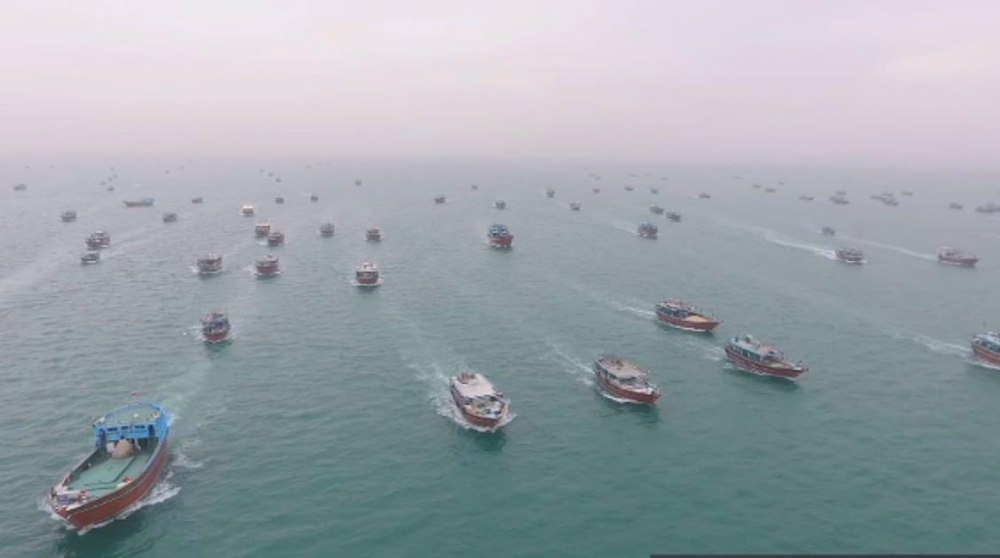
Iran, Lebanon, Iraq, Yemen hold joint naval parade in support of Gaza
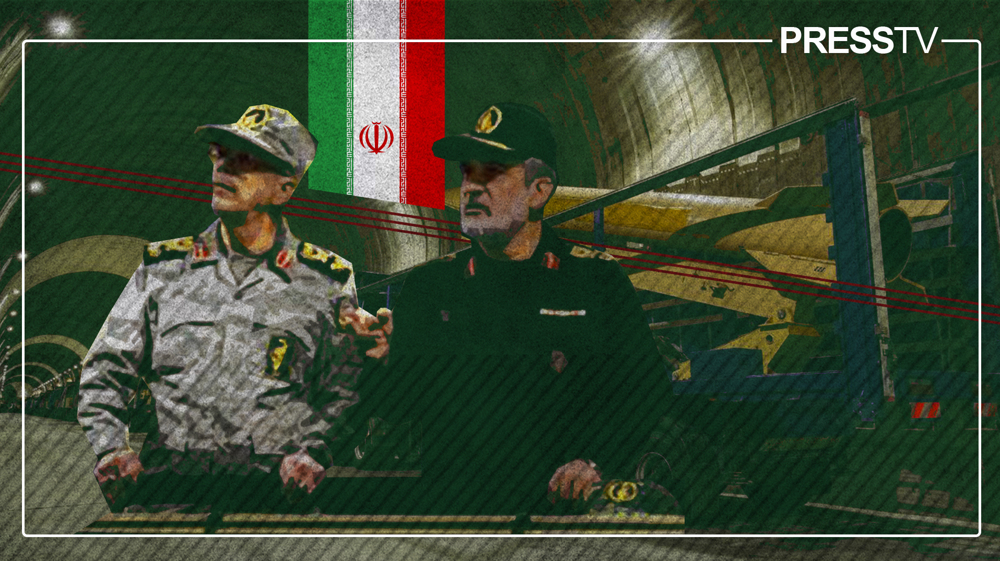
Explainer: What does Iran's largest subterranean 'missile city' reveal?
‘Sensitive’ UK military documents found scattered on Newcastle street: Report
VIDEO | Fentanyl: A drug showing imperial decline
UK Police arrest 9, including 6 young women, over meeting on Gaza genocide
Nearly 20 killed as Nigerian forces attack Quds Day demonstration in Abuja
Oscars faces backlash for failing to support Israeli-abducted Palestinian filmmaker
‘Full-fledged war crime’: Hamas slams Israeli strike on civil defense teams in Rafah
VIDEO | Karachi holds Pakistan’s largest Quds Day rally in solidarity with Palestine
VIDEO | Lebanon marks al-Quds Day in light of Israeli aggression


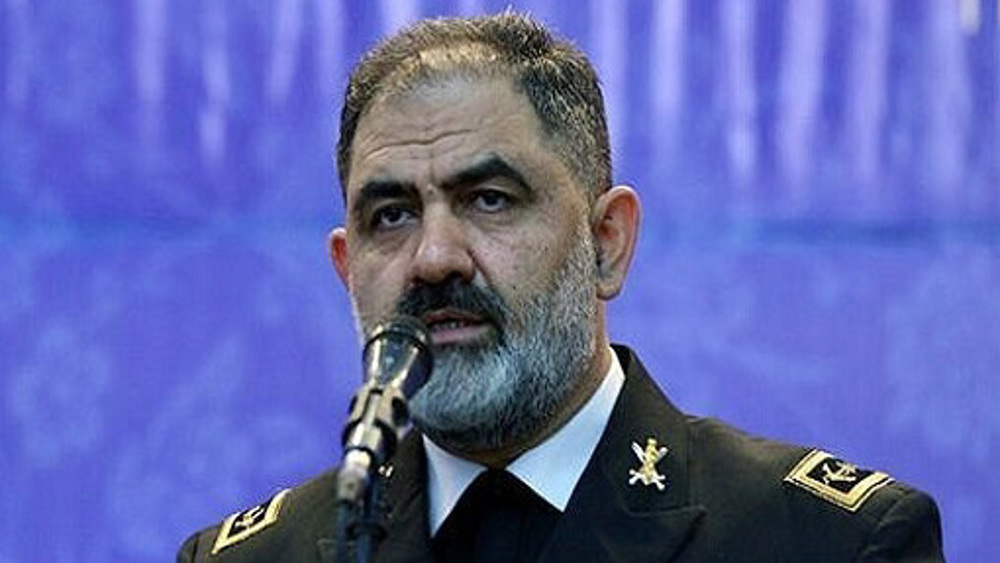
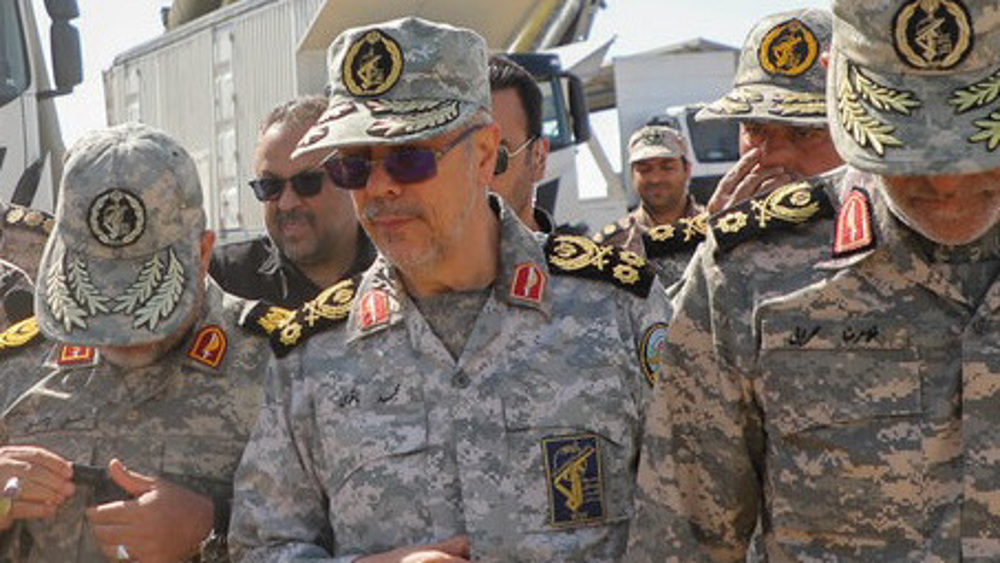
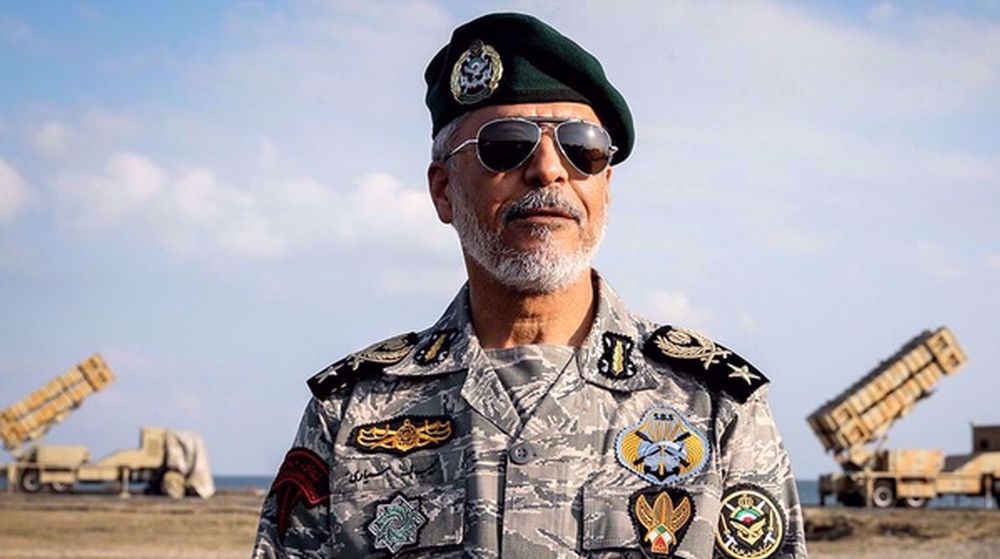



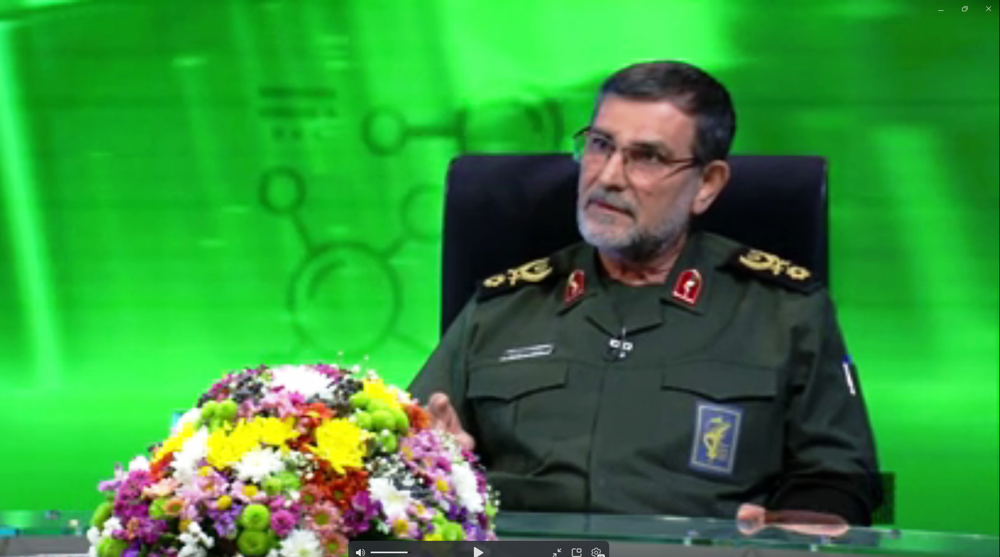
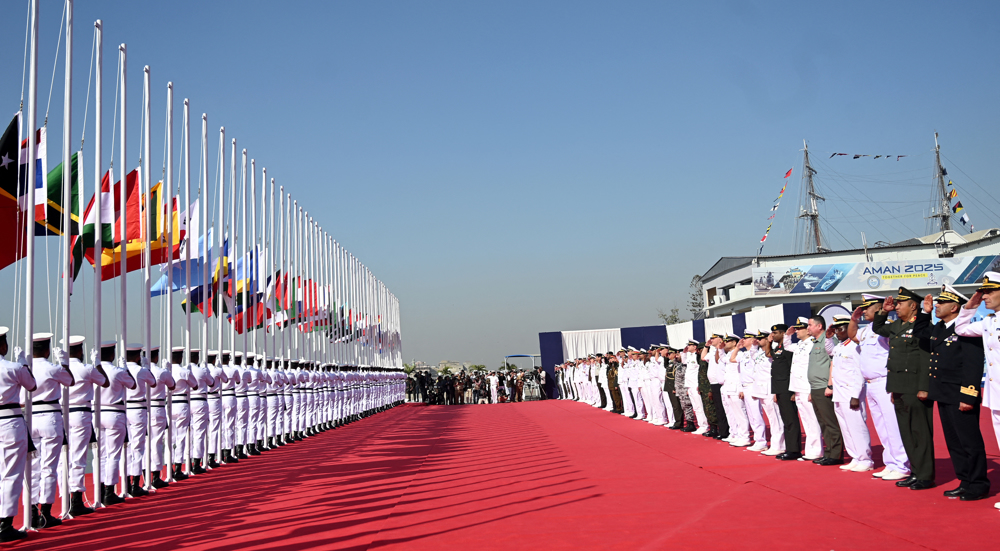
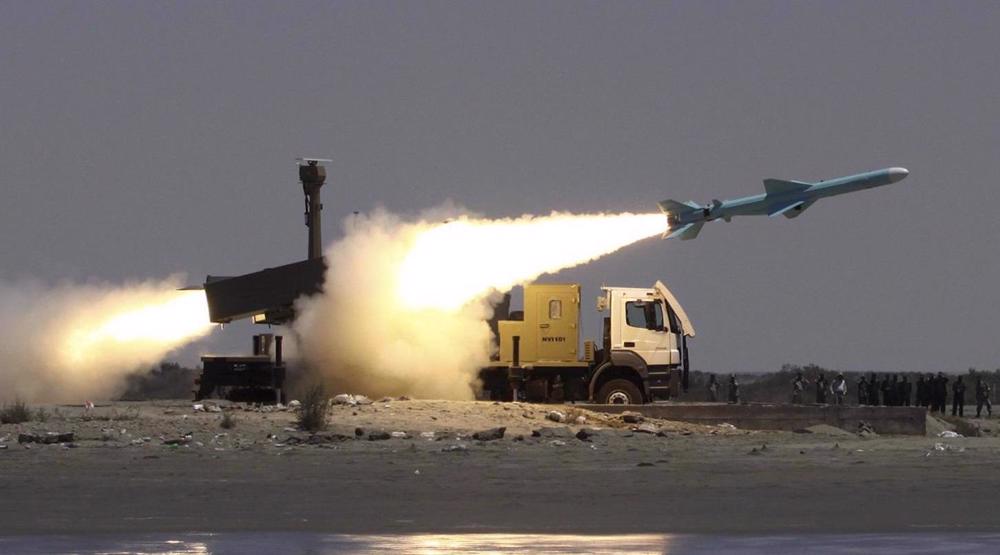

 This makes it easy to access the Press TV website
This makes it easy to access the Press TV website